Sometimes you discover a product that performs so well, you just have to tell all your friends to try it. If you’re a gardener, the same thing can happen with a plant!
We are obsessed with Prairie Dropseed (Sporobolus heterolepsis), a little native grass that is carefree, beautiful, and versatile. We’ve planted it in multiple places at the Nature Center, and we’ve admired it in other public and private gardens. We definitely give it 5 stars!
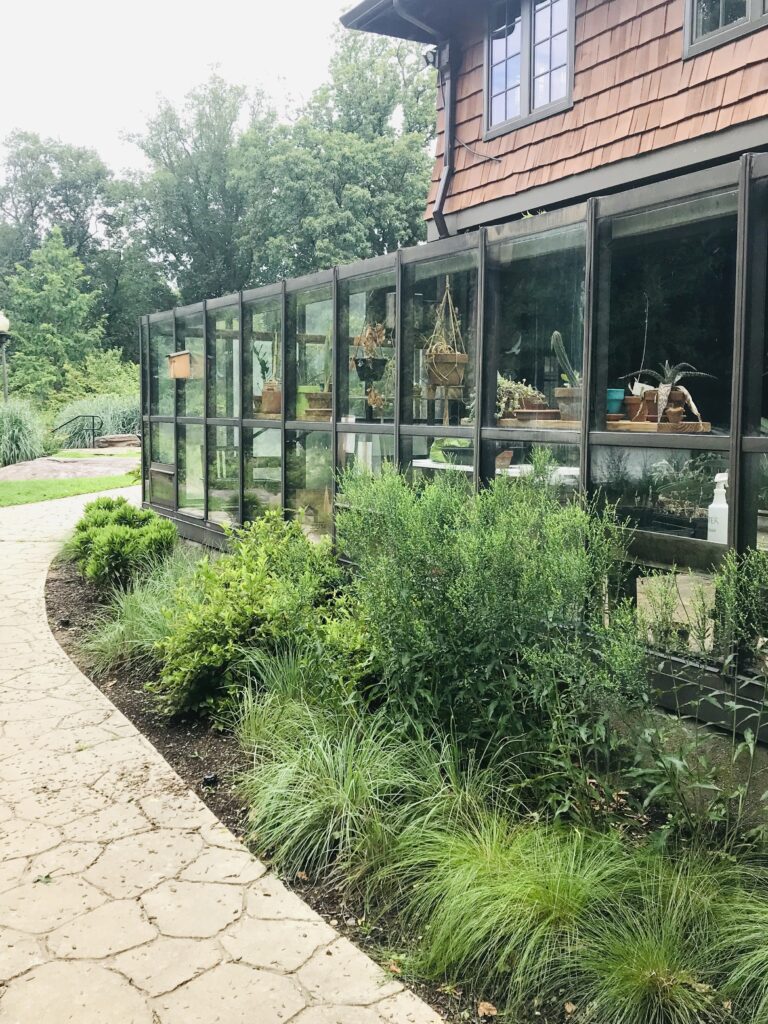
Prairie Dropseed is an ornamental grass with fine-textured leaves that reach out from its center in graceful arches. The grass is small enough, and elegant enough, to form a well-behaved edge along a sidewalk or path. It reaches only 18-24 inches in height before blooming in mid-summer. The tiny flowers are on delicate stems that stretch 18 to 24 inches above the leaves and then branch into dancing seed clusters. Most surprising for a grass, the blooming stalks are fragrant! The scent is hard to define, and is variously described as being like popcorn, or green coffee beans, cilantro, or anise. The scent fades as the seeds ripen in fall.
Prairie Dropseed is native to American prairies and dry meadows and is found in at least 26 states from the Canadian border to Georgia and west as far as New Mexico, but it is most common in the Central Plains states. It is categorized as a “warm season bunch grass,” which means it starts turning green as the weather warms (late spring), and it forms “bunches,” tidy clumps that stay where you plant them. It does not spread itself by runners and, despite its name, does not easily spread by seed. The “dropseed” in the common name apparently refers to the fact that ripe seeds do fall to the ground where they may be eaten by birds and small mammals, but they do not seem to germinate easily. In our own experience, and based on reports from other gardeners, the plant does not self-sow in gardens, so you won’t see it popping up in other spots.
Prairie Dropseed is happy in Zones 3 to 9. As a true prairie plant, it prefers dry, even rocky, soil in full or part sun. It never needs fertilizer, and is rarely bothered by deer or rabbits. Its roots are great for stabilizing slopes, and the plant needs so little care it is ideal for roadsides. It is relatively salt tolerant as well. And it is a great substitute for non-native “fountain grasses” (Pennisetum spp.) that are now recognized as invasive in the Northeastern US and other parts of the country.
The easiest way to establish Prairie Dropseed is from nursery-grown container plants or plugs. It may take a couple of seasons for the roots to form a dense clump, but once they have, Prairie Dropseed becomes very drought tolerant and care free.
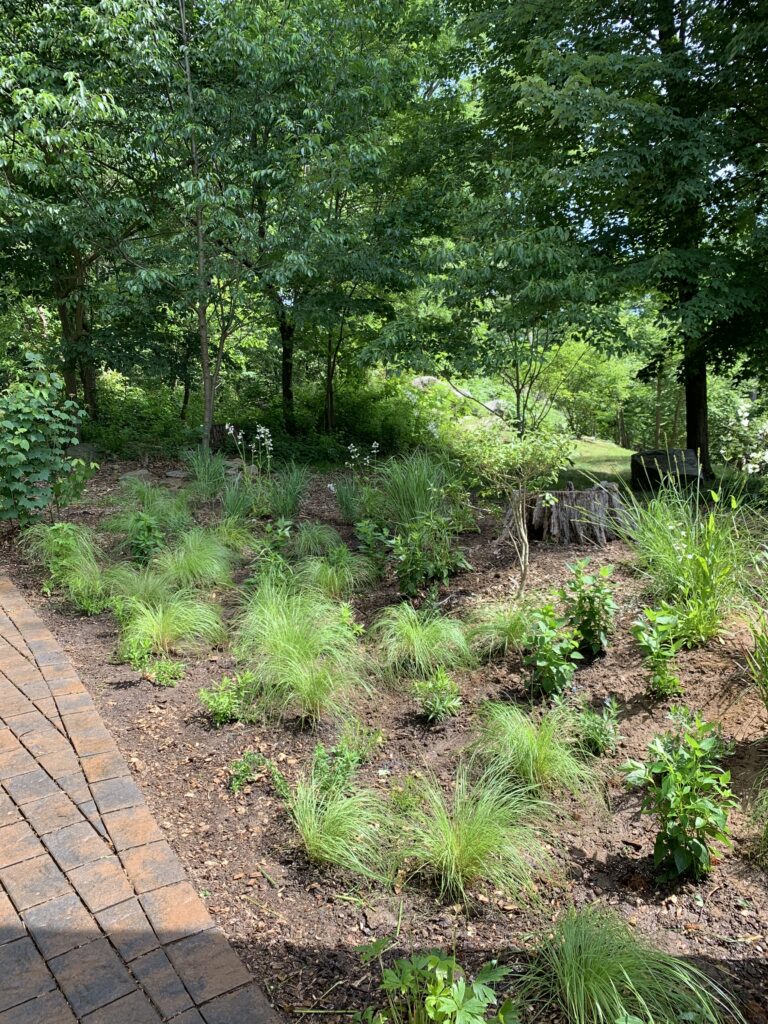
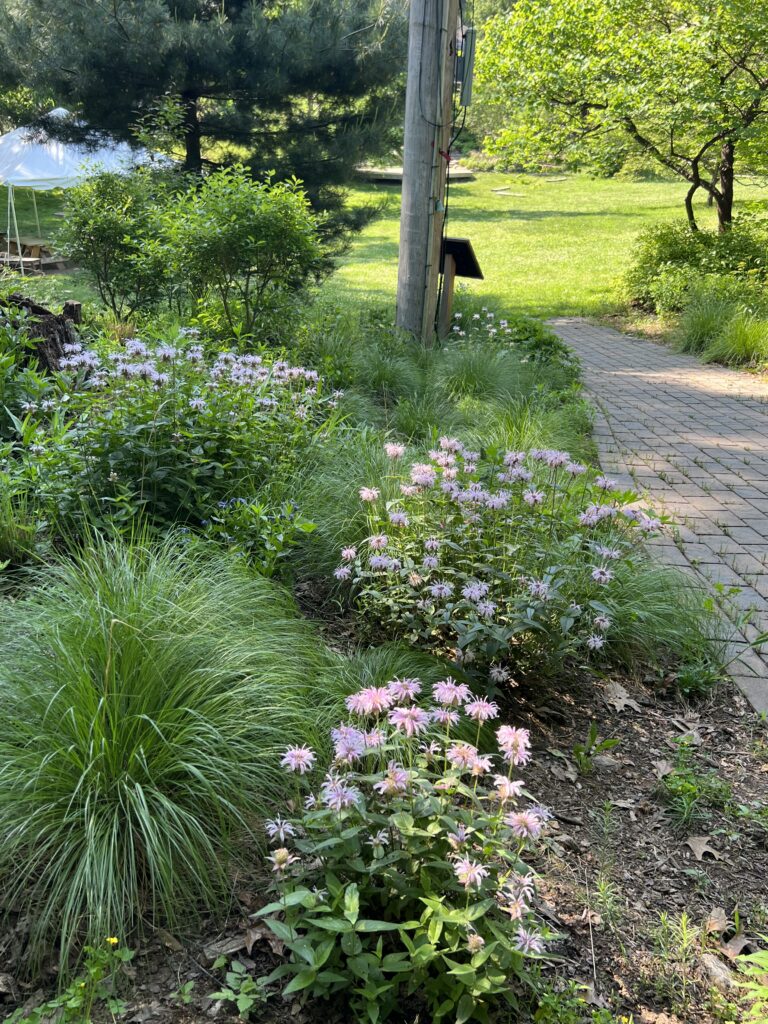
We keep planting Prairie Dropseed in new places, and it does not disappoint. We planted it in the Pollinator Garden at the Nature Center, using it as an edger and a filler among flowering perennials. It makes a lovely unifying matrix, tying a flowerbed together visually, and covering the soil to eliminate the need for mulch. We’ve planted it in front of shrubs, in sunny flowerbeds, and at the edges of our Meadow. It is a winner in each site.
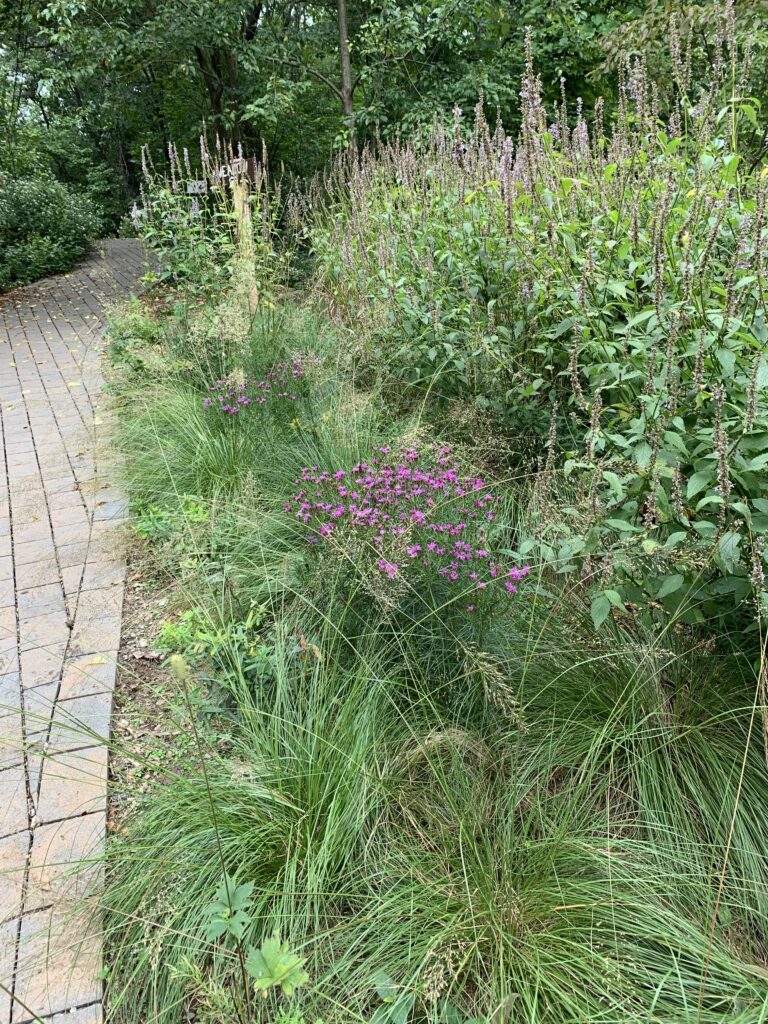
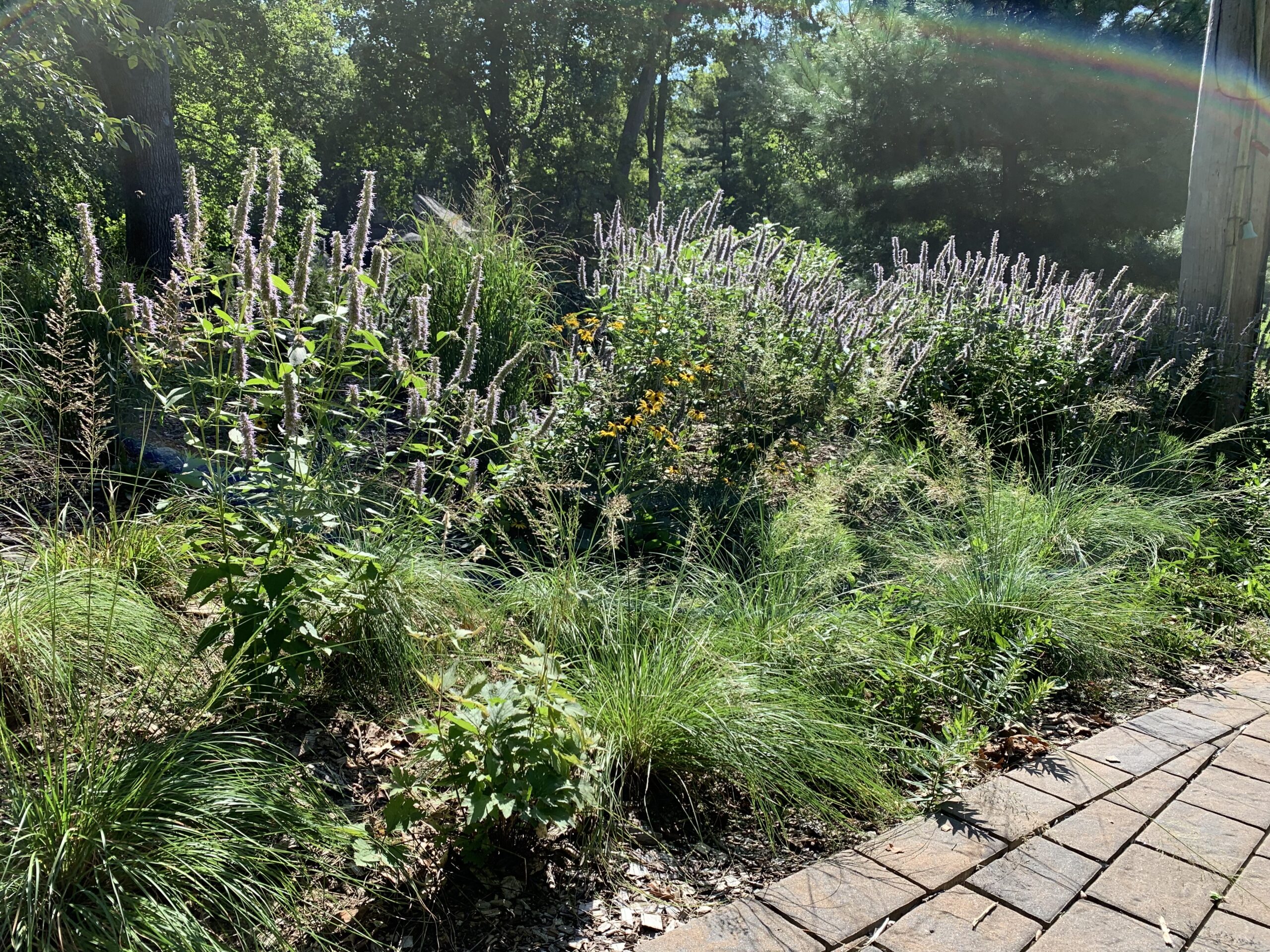
Prairie Dropseed turns gold in October, and continues to add structure to perennial beds even in winter. The seeds are eaten by migrating birds and persist long enough to supply food for winter birds as well. The plant is a host to several native leaf hopper insects, and small animals may take cover under the grass year around.
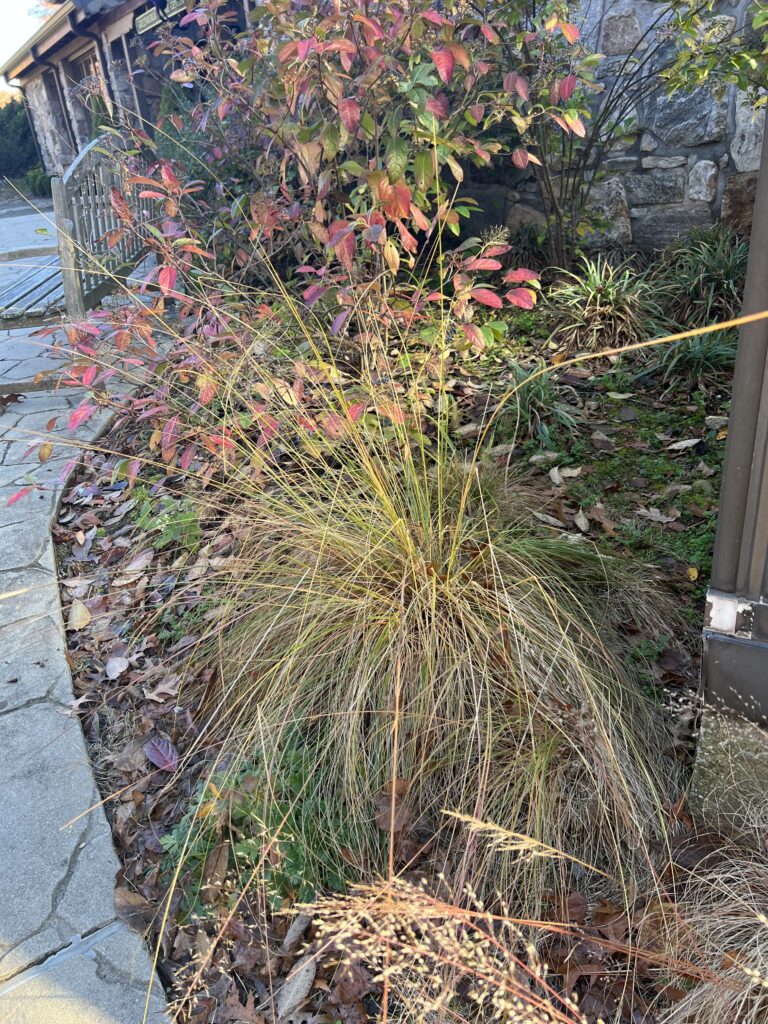
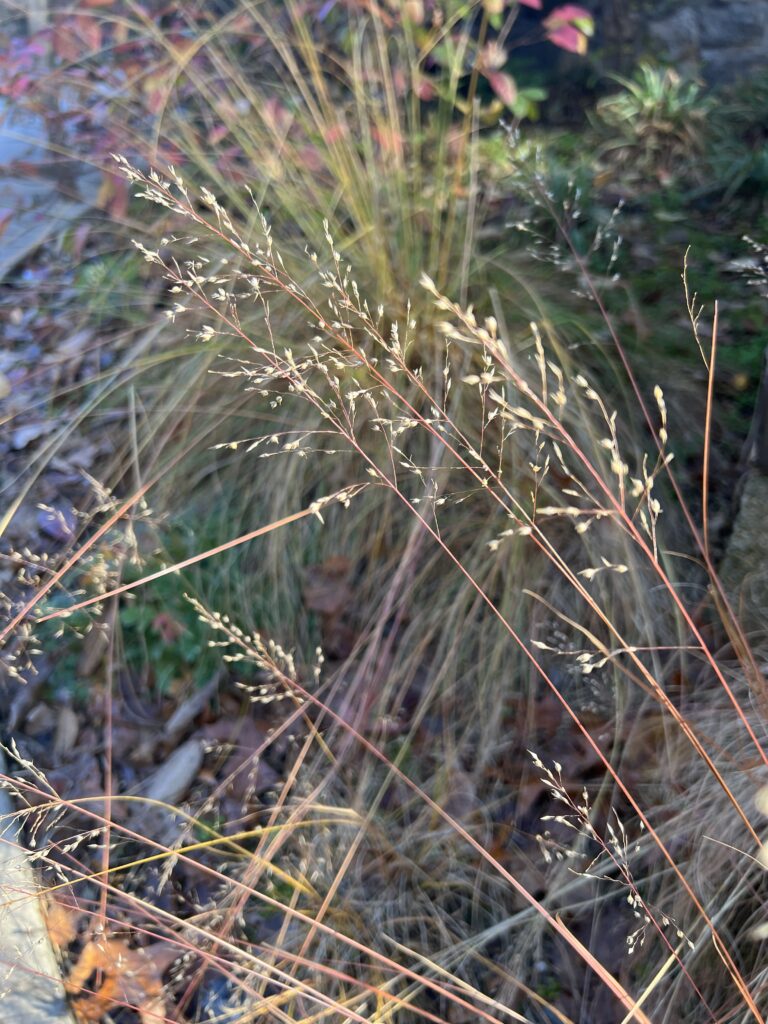
Prairie Dropseed is deciduous, which means that its leaves die off in winter, but they hold their shape even after being buried in snow. By late winter, the plants look rather quirky – somewhat like Cousin It of the Addams Family. In spring, when green shoots are starting to show, a quick haircut tidies things up.


A few weeks later, Prairie Dropseed leafs out again with fresh spring color, bringing the garden back to life. Totally a 5-star plant!
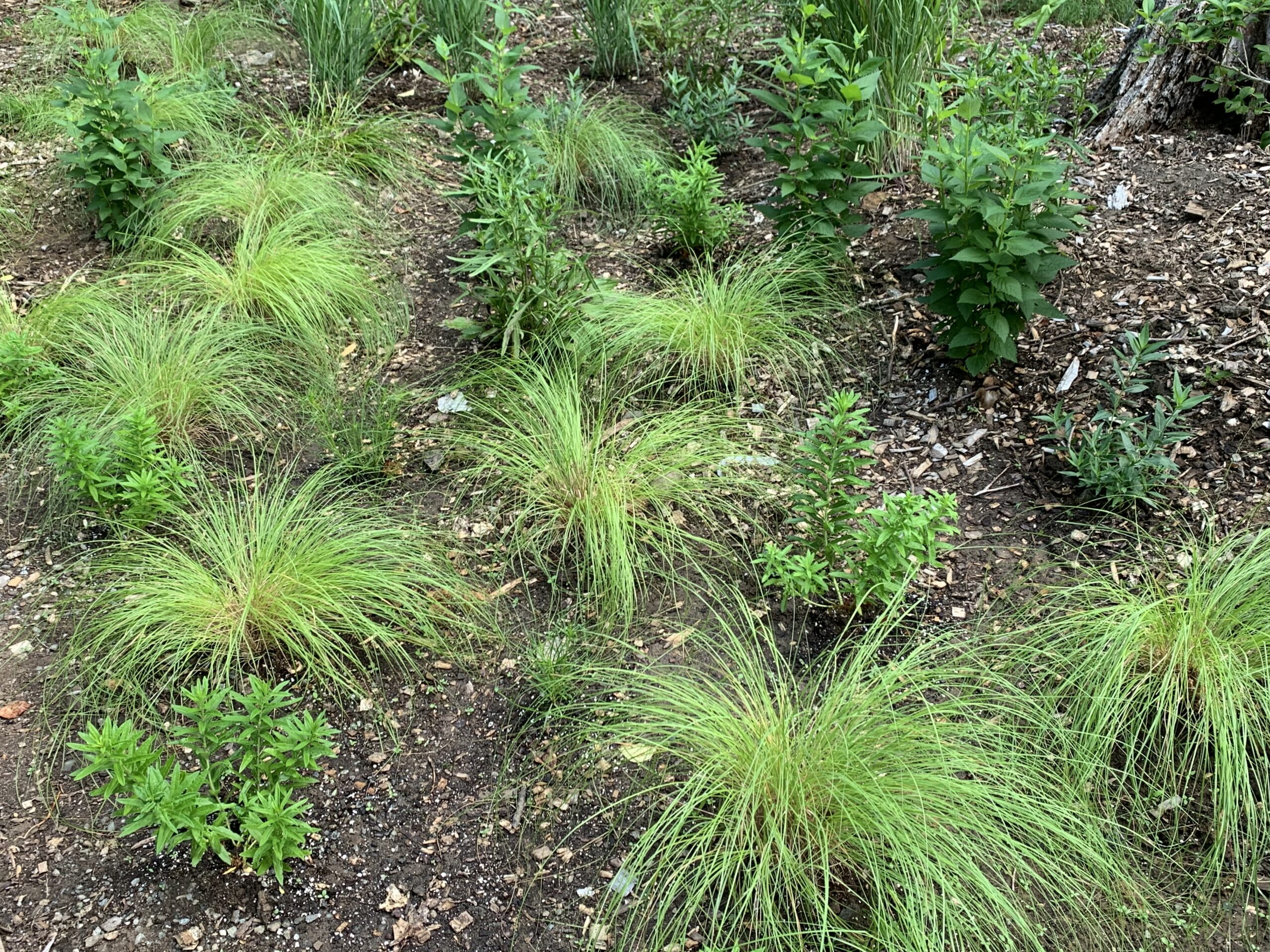

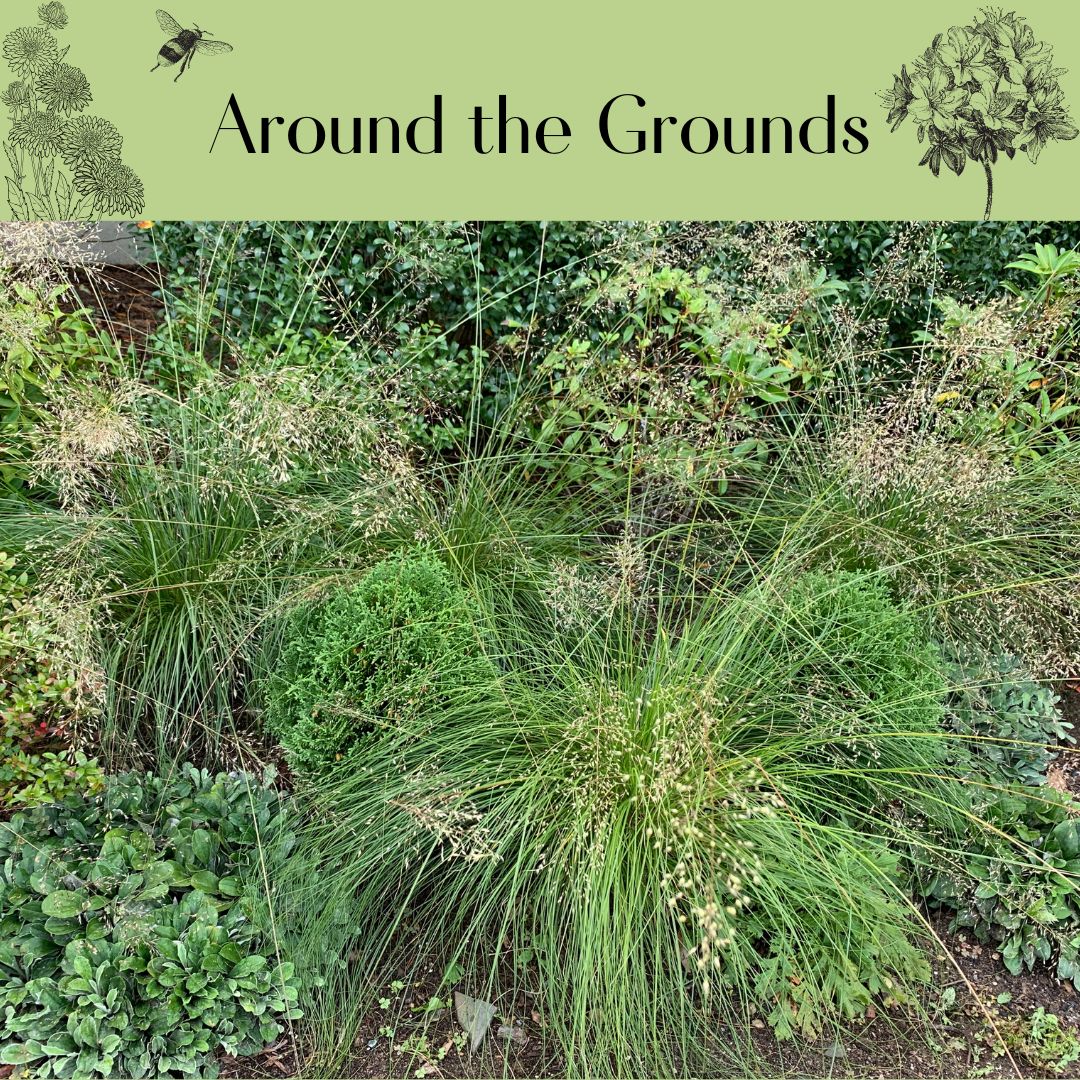
Sounds like I need to add this to my spring 2023 planting list. I love watching birds peck about in my gardens, looking for seeds!
Functional and cool looking? Double win. I quite like the Cousin It look, but I’m sure that won’t surprise you!
I’m sold! This answers my question about what to plant in some transition areas.
It really can tie everything together….
I can’t believe I have never planted it….I’ve been hearing it’s praises for years…..now you have convinced me …..it will definitely be on my list next year!
You won’t be sorry!